Junkers Ju 87 Stuka Dive Bomber — Nazi Terror Weapon
February 24th, 2024
10 minute read
Few aircraft in history were able to cause such terror — to both seasoned troops and helpless civilians alike — as the German-made Junkers Ju 87 dive-bomber. Known infamously as the “Stuka,” it is now remembered for the successful role it played in Nazi Germany’s “Blitzkrieg” operations in 1939 and 1940. It remains iconic for its strong inverted gull wing and fixed landing gear.
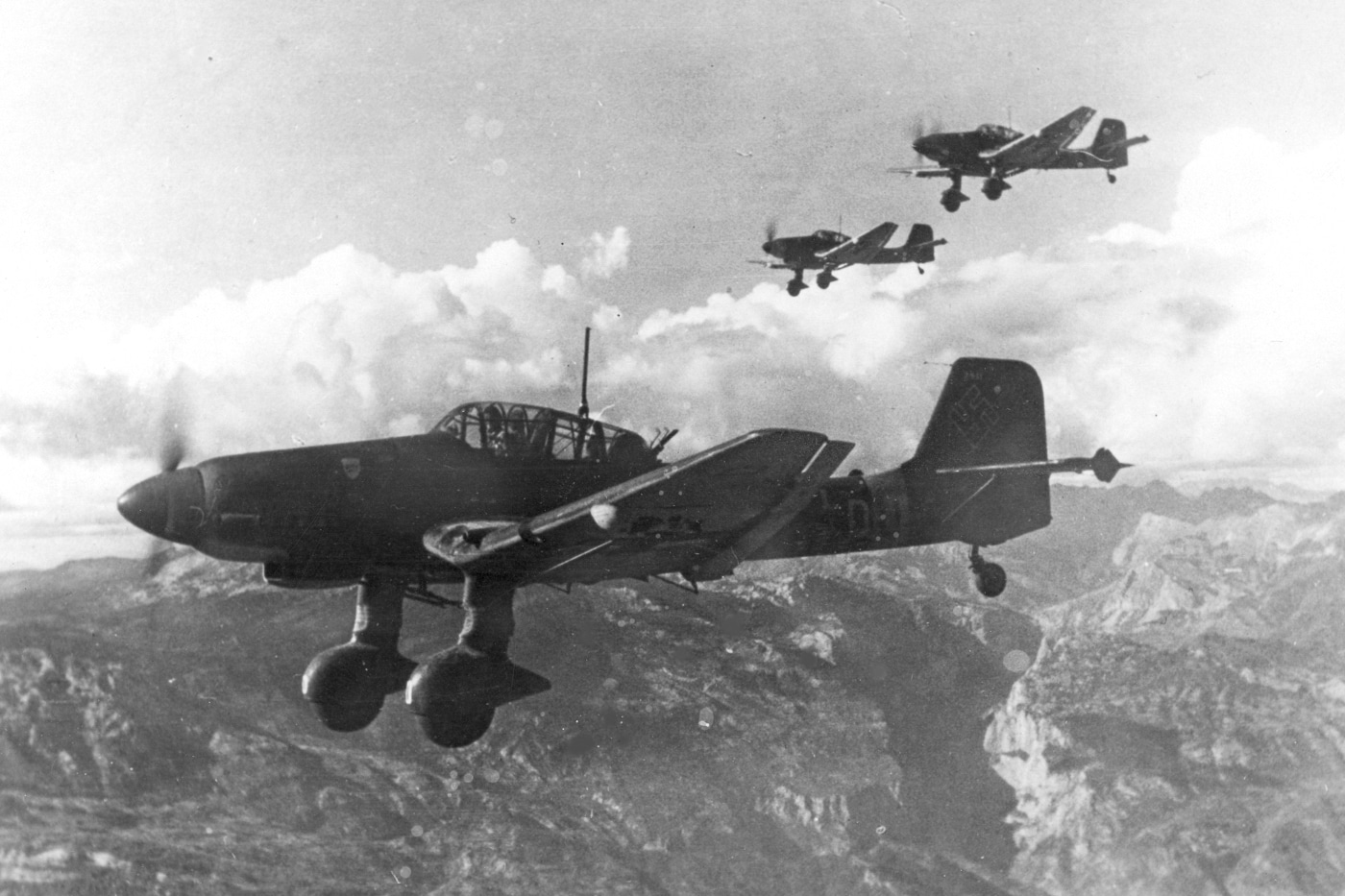
Although it was rapidly outclassed in its original dive-bomber role, the Ju 87 remained in service with Germany’s Luftwaffe until the end of the war. The Sturzkampfflugzeu (dive bomber in German) concept was tailored to support the Blitzkrieg combined-arms doctrine — essentially operating as flying artillery. It was employed in every theater in which Germany was engaged.
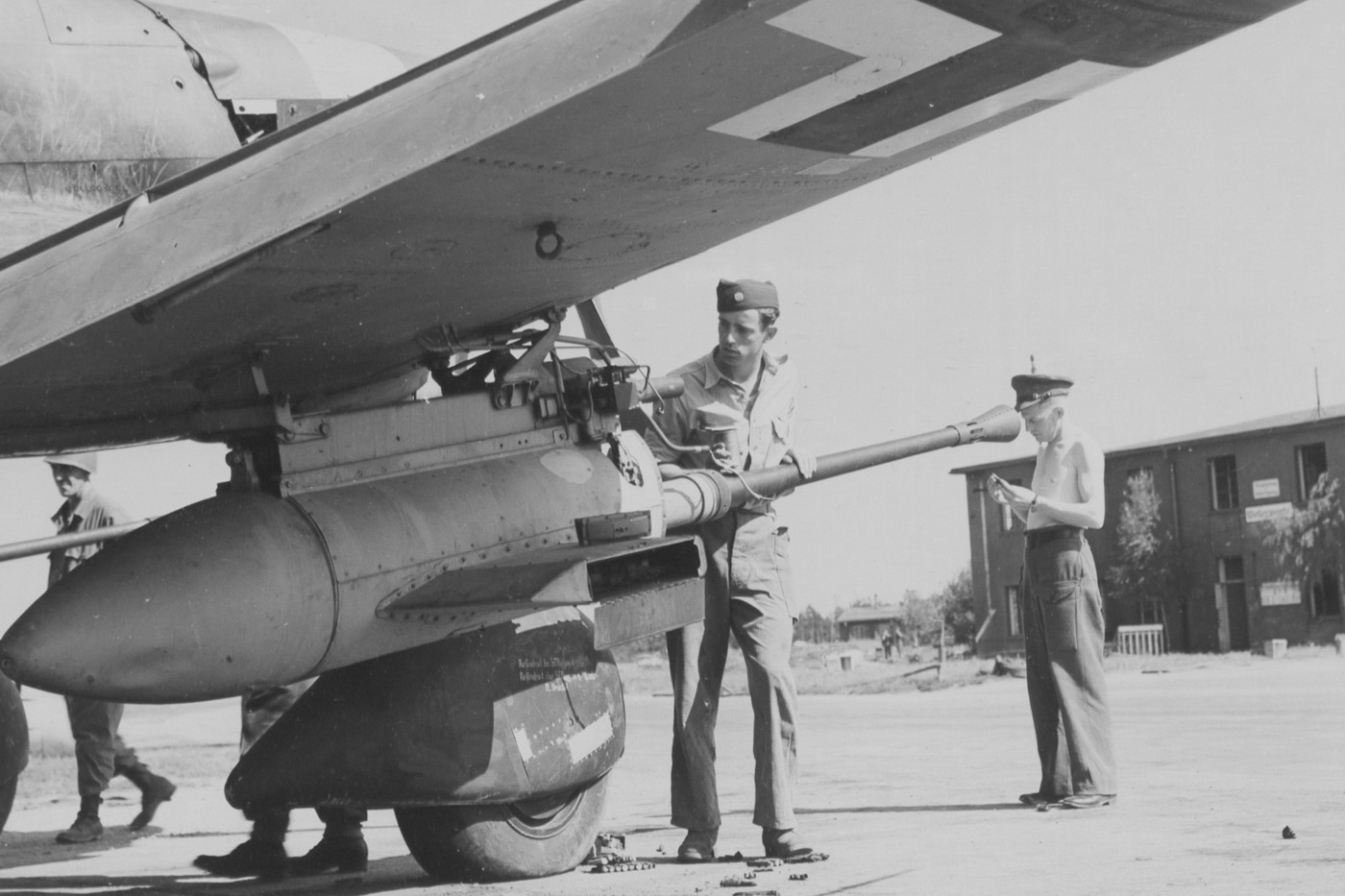
In addition to terrorizing those on the ground, it later in the conflict was modified as a tank-busting aircraft armed with a pair of 37mm cannons.
Enter the Dive Bomber
The technique of “dive bombing” began in the early days of military aviation. During the First World War, brave pilots would send their aircraft into a deep dive — a risky maneuver as no aircraft was specifically designed for such a role. However, dive bombing proved so effective that aviation designers considered how an aircraft could be tailor-built to conduct such operations.
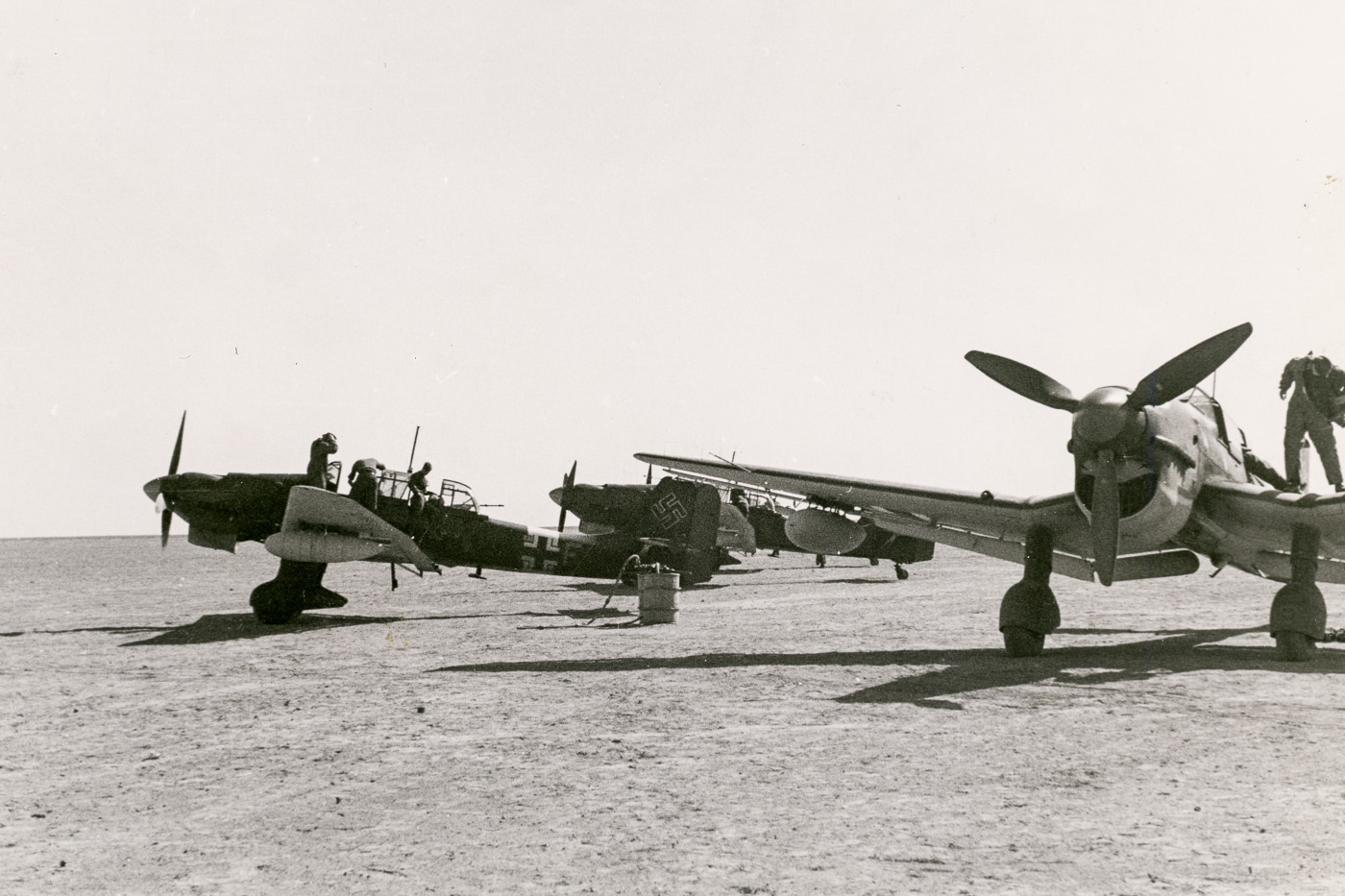
One of the first purpose-designed dive bombers was the German Junkers K 47. However, the aircraft was actually built at first in Sweden as it was patently a military-type aircraft and therefore banned in Germany, according to the terms of the Versailles Treaty. Only a handful of the airplanes were ever produced and most were employed by the Chinese Nationalists against the Imperial Japanese Army.
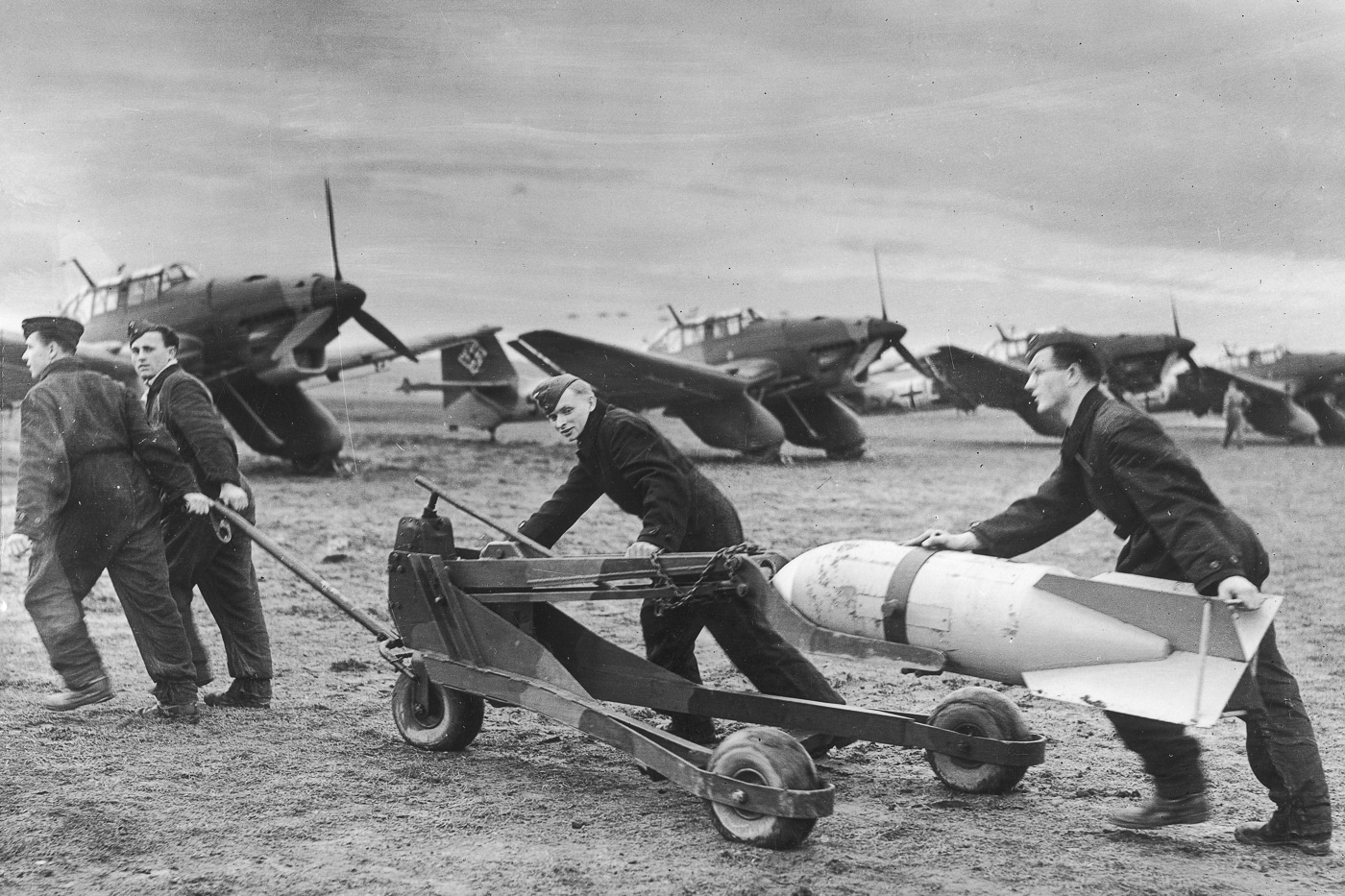
However, its greater importance was in its proof of concept, which convinced many in the Luftwaffe of the importance of a dive-bomber as a central weapon in close support of ground forces.
Junkers Ju 87 Stuka Takes Shape
In 1934, under the direction of Hermann Pohlmman, the Junker Company began work on an improved aircraft that evolved from the K 47 — it was a single-engined, low-wing monoplane with prominent fixed landing gear and twin fins and rudders. It was later modified to a more conventional single-fin design after the twin fins collapsed and the aircraft crashed.
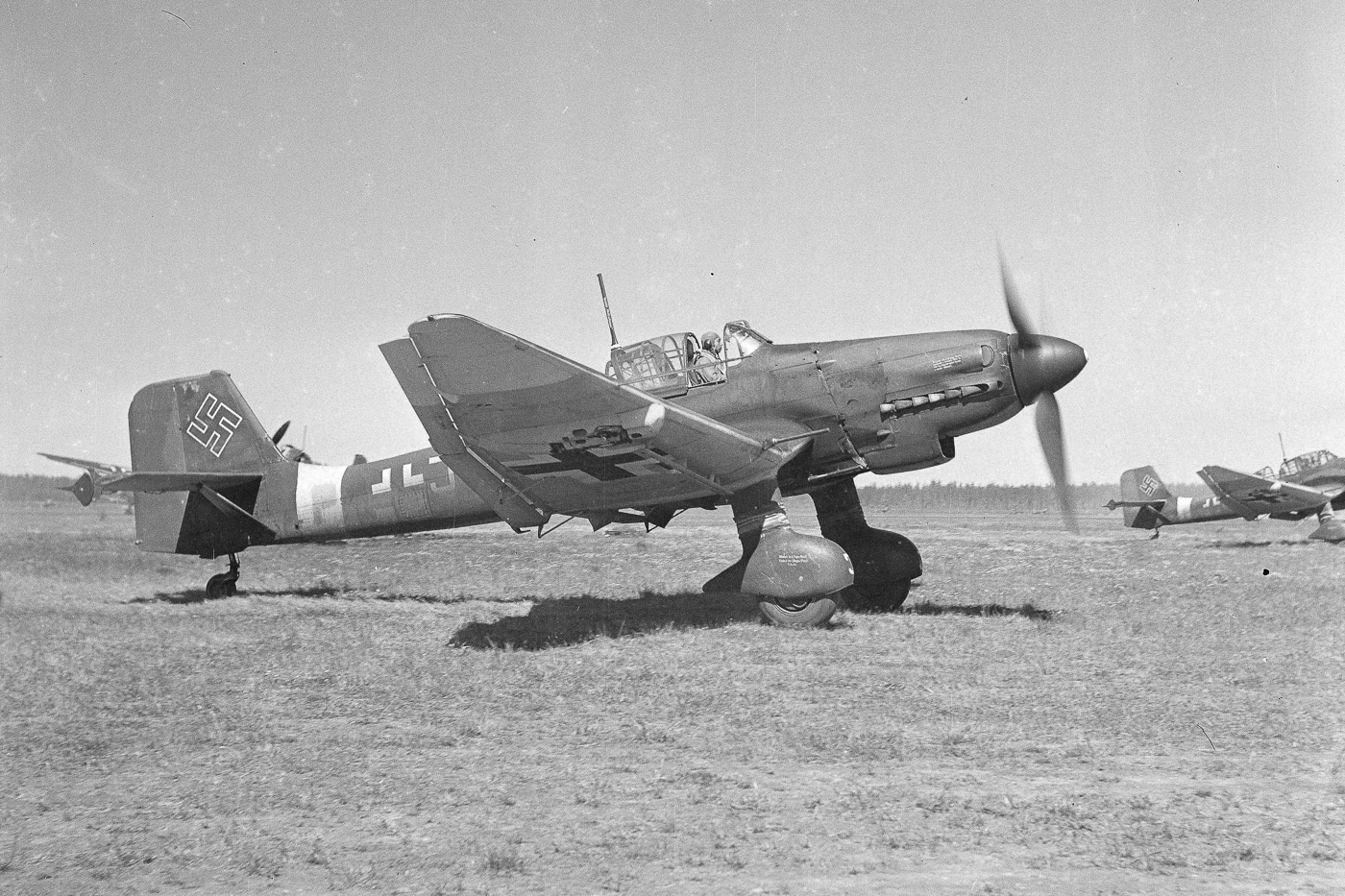
The earliest prototypes were also powered by a Rolls-Royce Kestrel engine, but it was later equipped with the Junkers V12 Jumo 210A petrol engine.
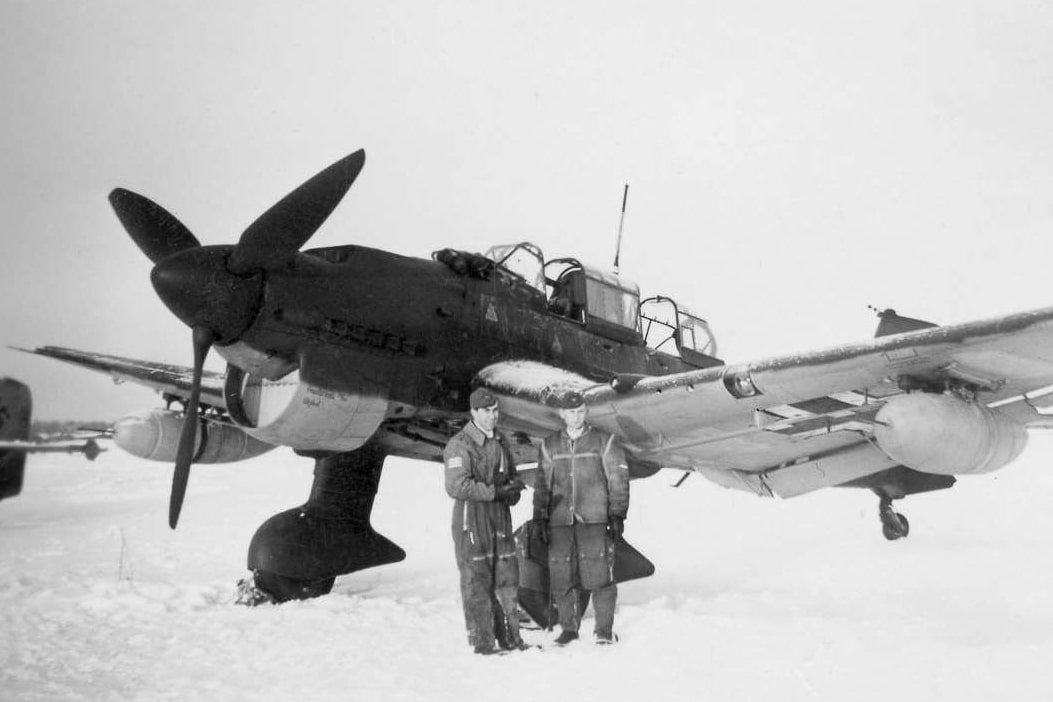
The initial Ju 87A-1 production version entered service in spring 1937, and it began to replace the Henschel Hs 123 biplane in the close support units of the still-fledging Luftwaffe.
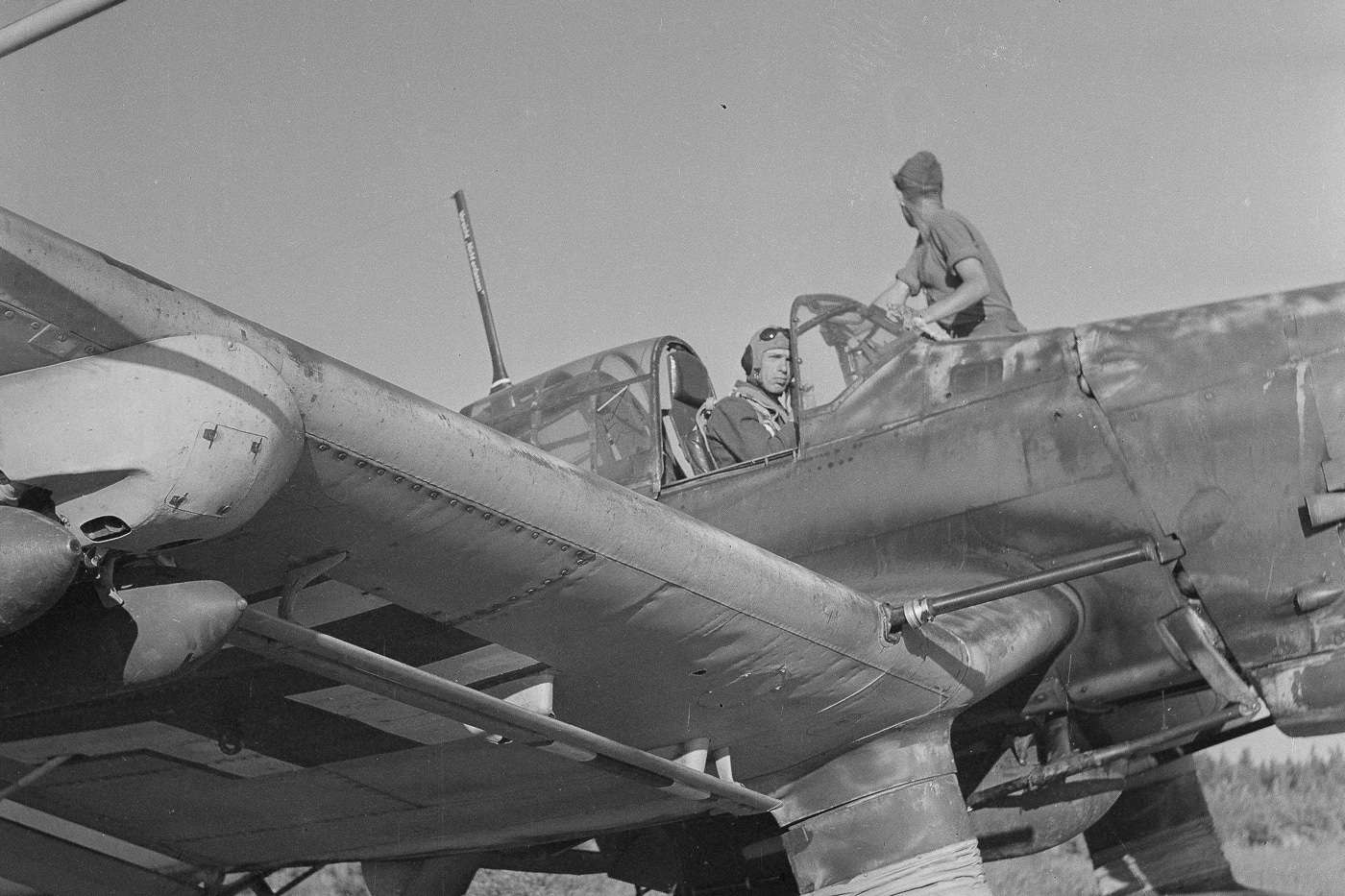
The aircraft were purpose-built dive bombers — equipped with “dive brakes” that served to reduce speed during the aircraft’s dive, which granted the pilot additional time for precise targeting and accurate bomb release. The targeting was further aided by external bomb racks that were designed to swing downward and outward during the steep dives. The aircraft’s automatic pull-up dive brakes also helped ensure that the dive bomber would recover from its attack dive, even if the pilot began to lose consciousness from the high g-forces or became too fixated on the target.
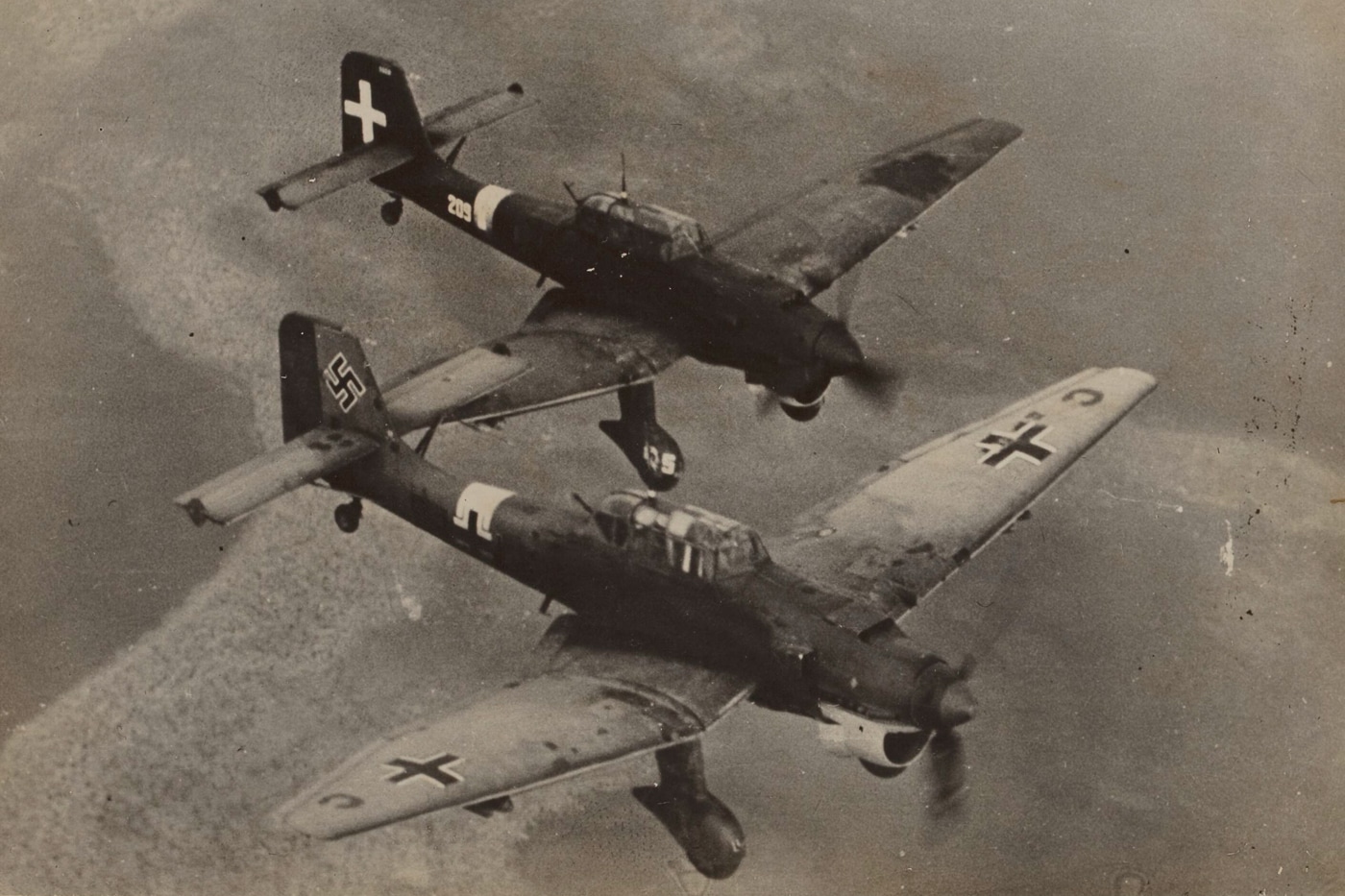
The Stuka had a crew of two — including the pilot and the rear gunner/radio operator. The offensive armament of the Ju 87 consisted of two 7.92 mm (.312 in) MG 17 machine guns fitted one in each wing outboard of undercarriage, and operated by a mechanical pneumatics system from the pilot’s control column. The rear gunner/radio operator operated one 7.92 mm (.312 in) MG 15 machine gun for defensive purposes.
Stuka Goes to War
Small numbers of the Ju 87A-1s and improved B-1s were deployed with the Condor Legion — the supposed German “volunteers” — to support and aid the Nationalist forces in the Spanish Civil War. In reality, the German troops were able to test a number of new weapons platforms and new tactics.
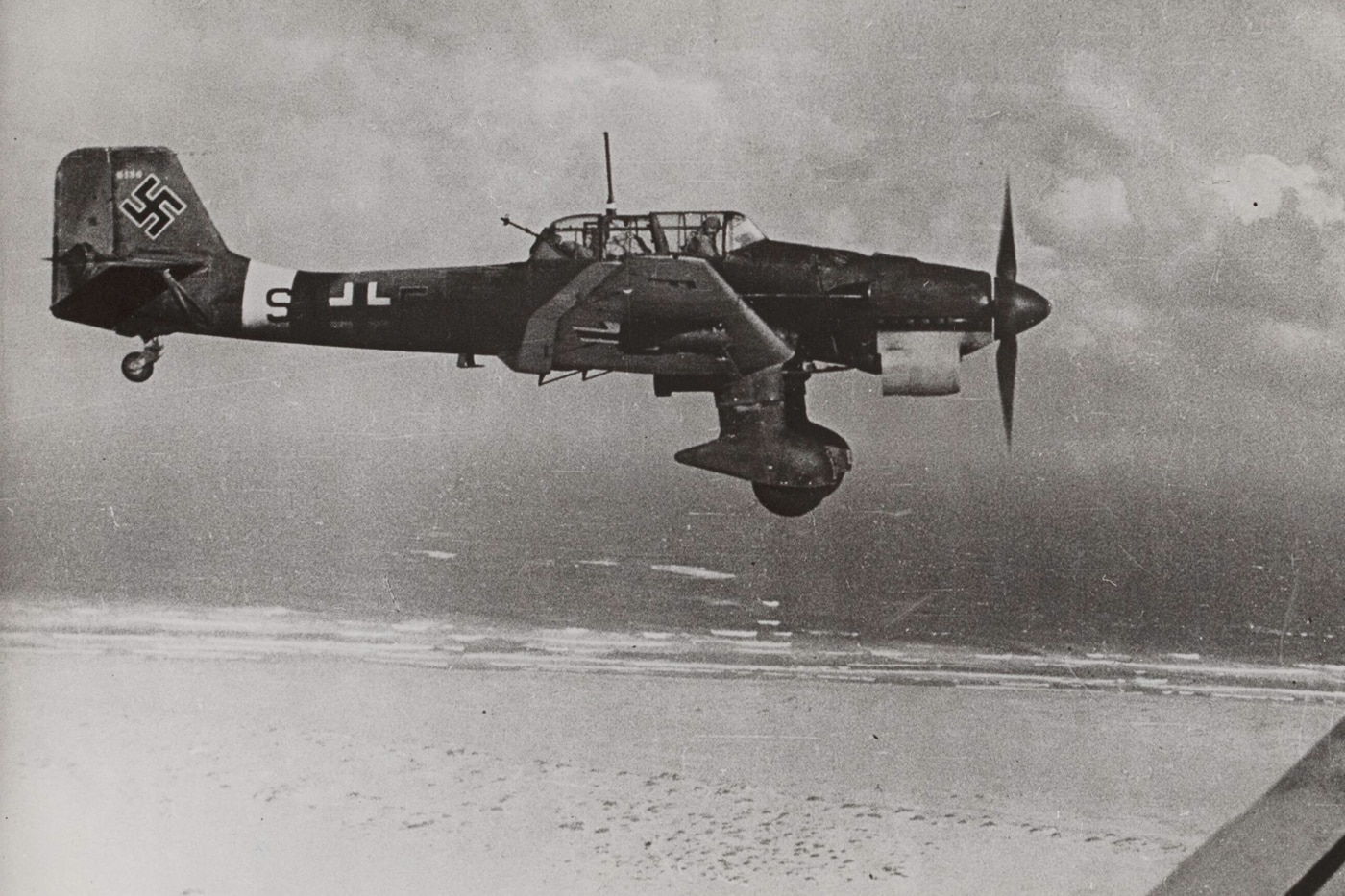
The Stuka was one such platform and it proved outstandingly effective. Of course, it should be noted that the Stuka met little in the way of fighter opposition, but it still proved the viability of the dive bomber concept.
Despite its remarkable combat debut, Junkers continued to refine and improve upon the design. That included the addition of sirens — dubbed “Trumpets of Jericho” — to the landing gear. As the aircraft entered a dive, the flow of air through the sirens would cause them to screech, adding to the terror of those on the ground.
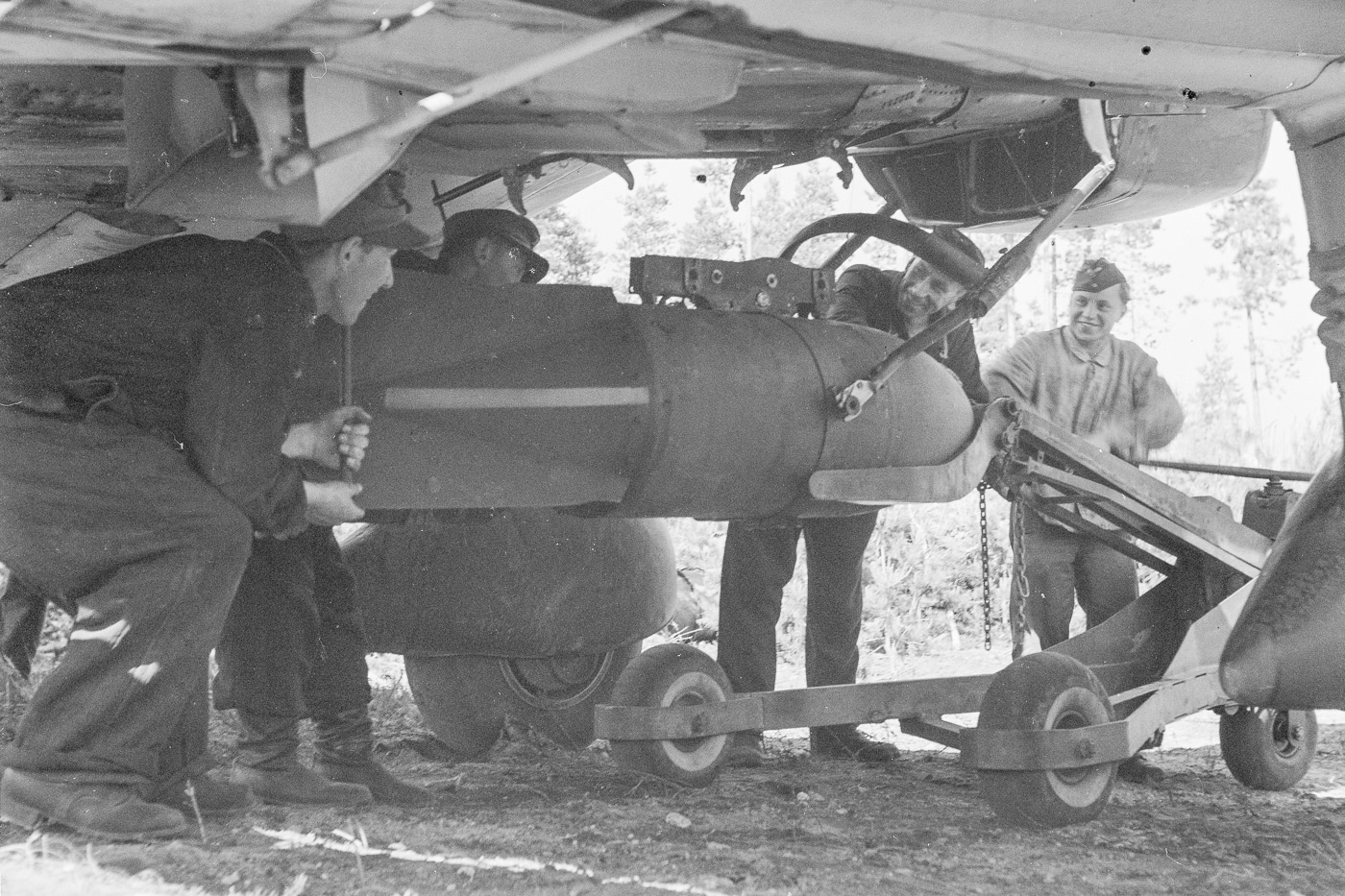
By mid-1939, production had reached up to 60 aircraft per month, and the aircraft went on to play a critical role in the early stages of Germany’s Blitzkrieg campaigns. Notably, three Stukas were employed in the first combat mission of the Second World War. On September 1, 1939, the aircraft were charged with attacking the Dirschau Bridge over the Vistual River — beginning the aerial strike 11 minutes before Germany officially declared war on Poland.
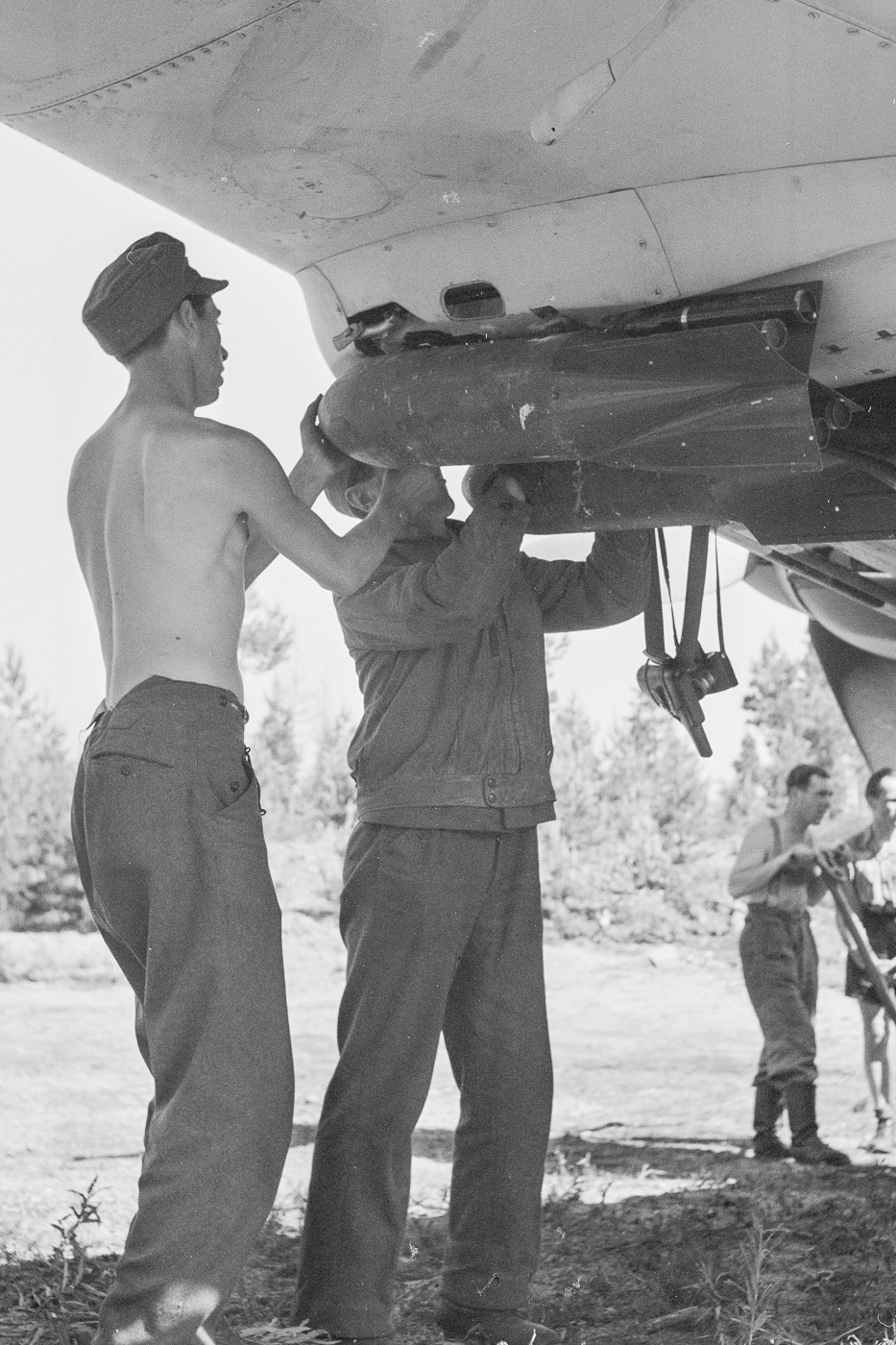
Stukas were used to great effect during the campaign against Poland, sinking all but two of the nation’s warships, while the dive bombers attacked troop concentrations.
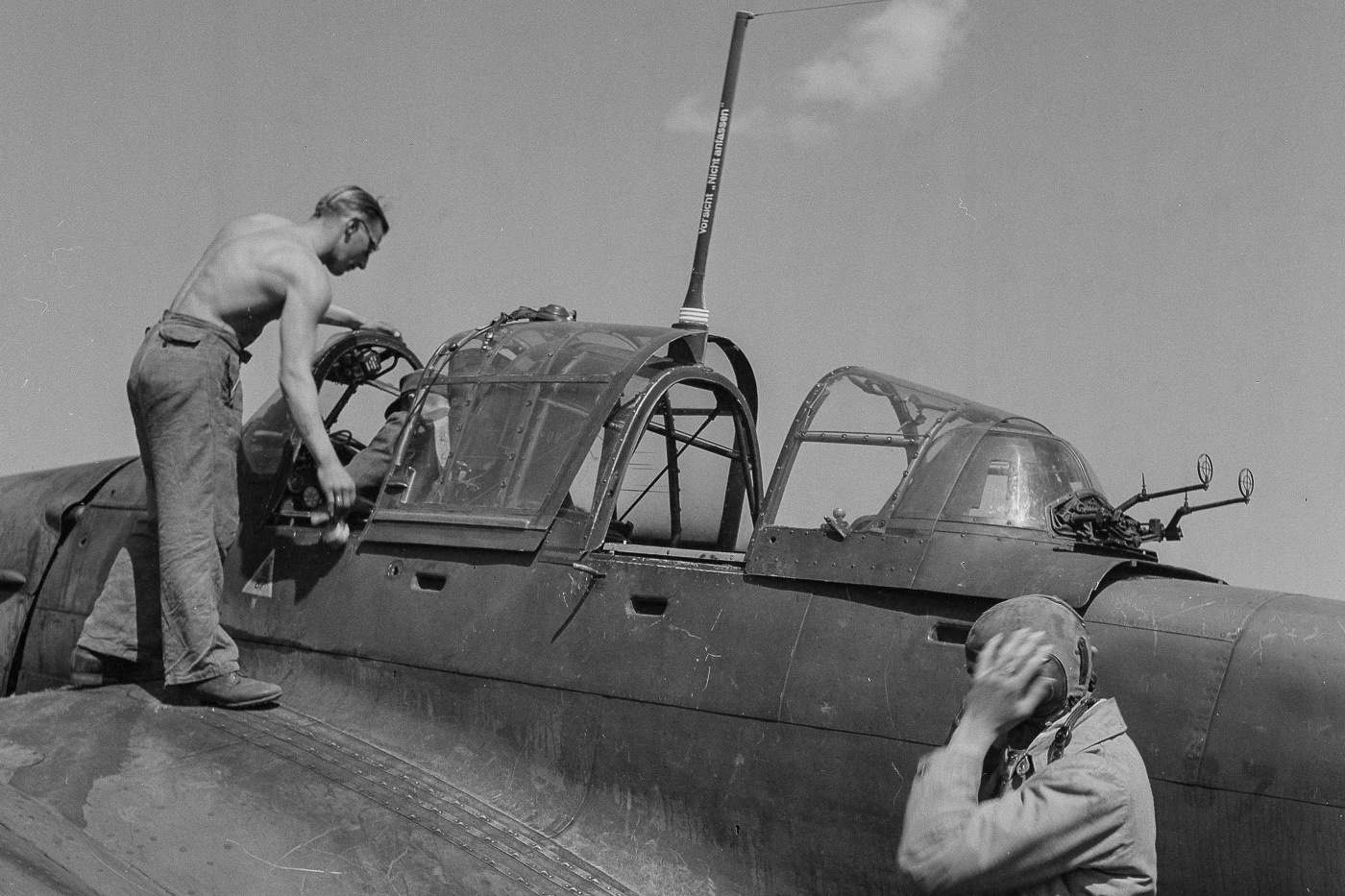
It quickly developed a notorious reputation as a terror weapon, able to strike lines of communication, bridges, rail targets and even airfields. However, the dive bomber concept was most effective when the Germans had air superiority. That fact became all too clear during the course of the Battle of France in the late spring of 1940 when it was revealed to be especially vulnerable to fighter interception.
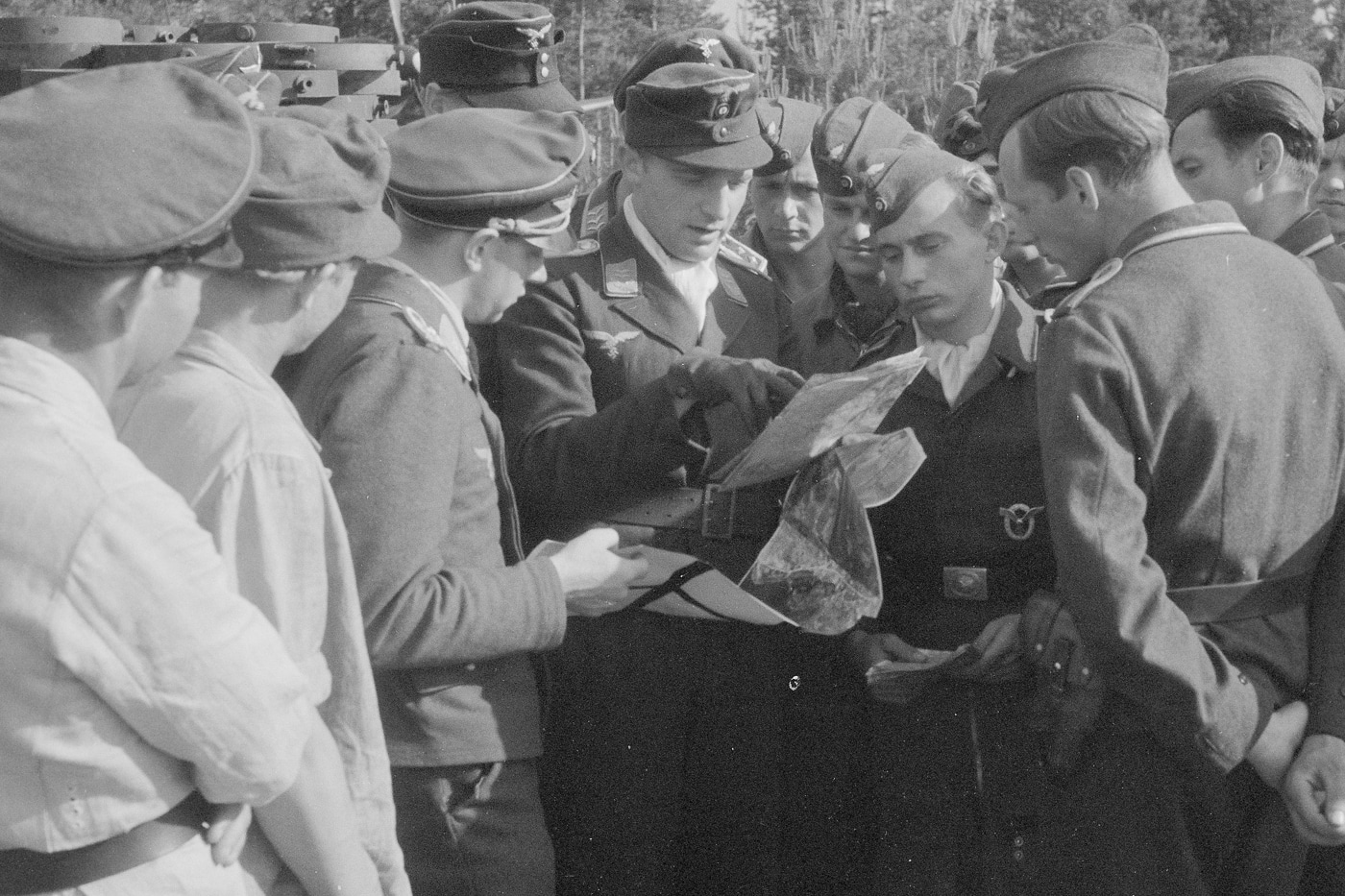
In the subsequent Battle of Britain, the German Luftwaffe’s fighter arm was stretched especially thin and the Ju 87 was often left vulnerable without adequate fighter cover. During a 10-day period in the summer of 1940, the Stuka arm lost 66 dive bombers and crews, including 17 aircraft from Sturzkampfgeschwader 77 in a single day of operations. Yet, before they were withdrawn from the theater, the Stukas still left their mark, notably in heavy raids launched against British airfields along the south coast.
Improved Ju 87 Aircraft and Variations
During the Norwegian campaign in the spring of 1940, the Stukas also proved quite successful in attacks on British shipping, and efforts were made to further extend the dive bomber’s range. That resulted in the Ju 87R, which was equipped with underwing fuel tanks. Both the Ju 87B and Ju 87R were then heavily involved in the opening phase of the Battle of Britain — and as noted, only withdrawn after suffering heavy losses at the hands of the fighter command in the summer of 1940.
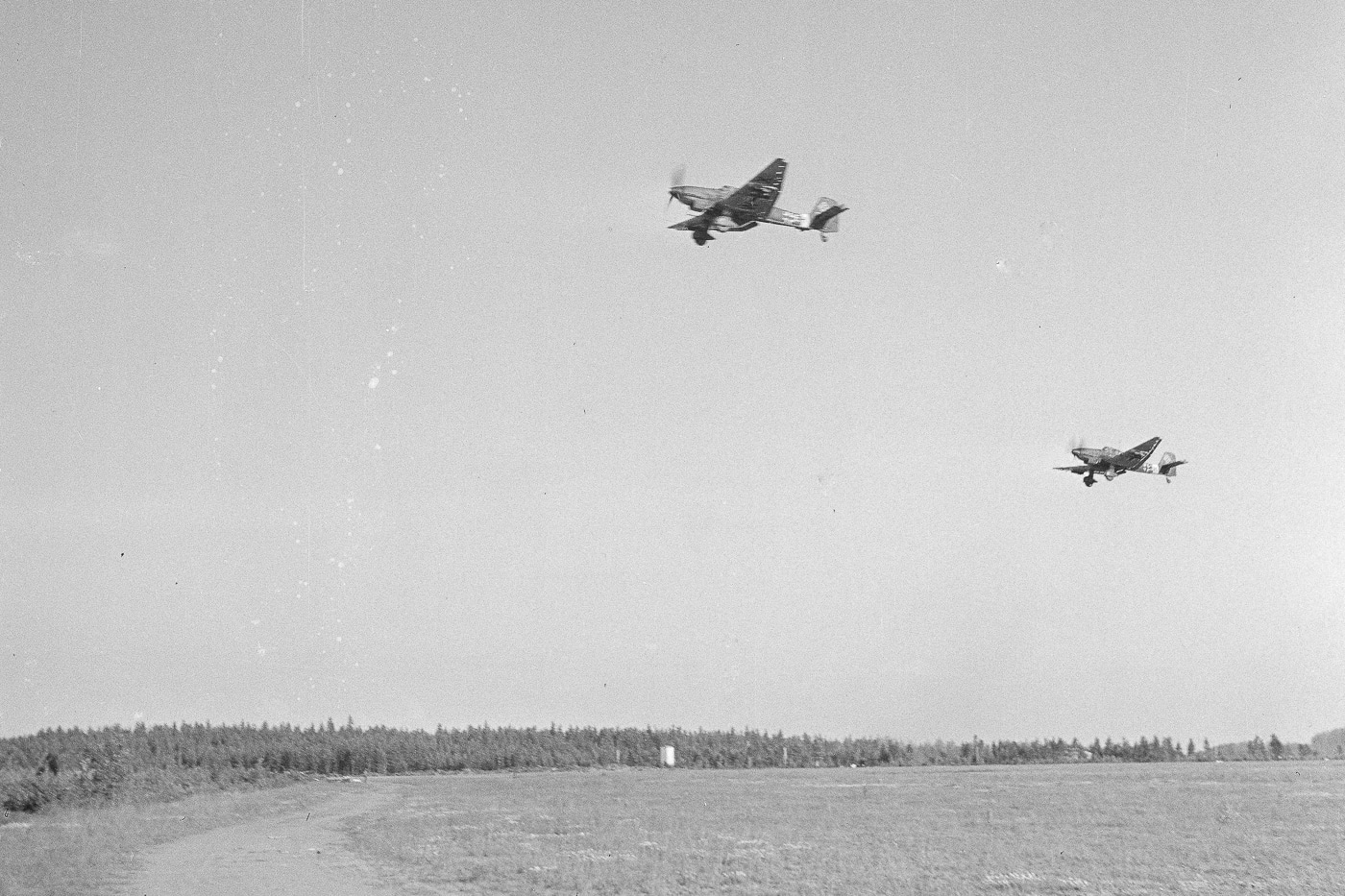
In early 1941, the definitive Stuka variant — the Ju 87D — entered service, deployed to the Russian Front and to North Africa. The aircraft was refined to reduce drag, and that included the deletion of the former model’s notably large radiator intake, which was replaced with a smaller armored design. It also received the more powerful Jumo 211 powerplant.
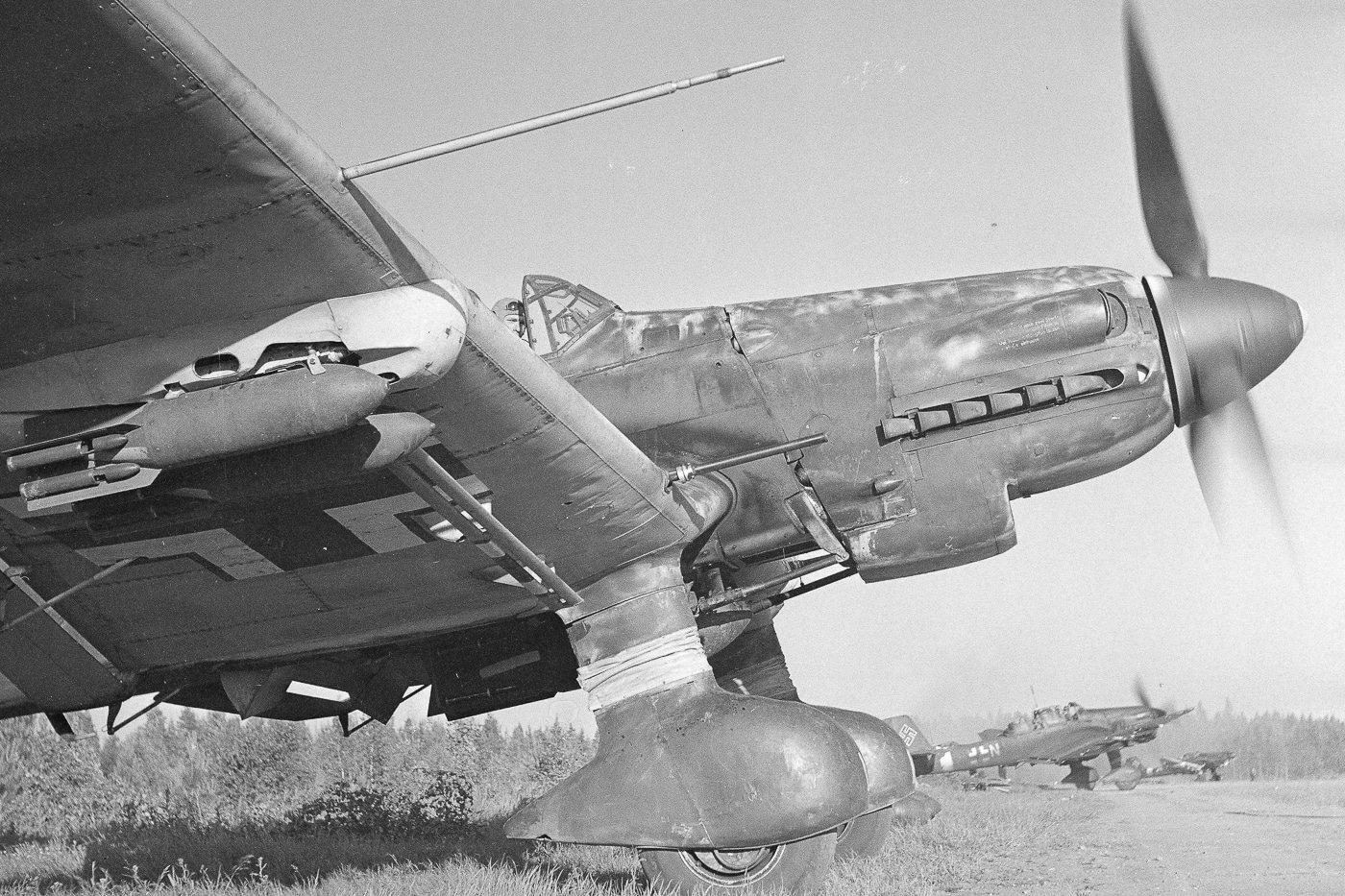
The role of the aircraft also evolved, and it was no longer viewed primarily as a dive bomber — and instead was increasingly used as a close-support aircraft, dropping bombs within 330 feet (100 meters) of friendly units. On the Eastern Front, the Stuka enjoyed its greatest success in that new role, helping the German forces drive deep into Soviet territory. But as the tide of war turned against Nazi Germany, the Ju 87 was found to be increasingly vulnerable. By 1943 the losses were so great that the aircraft was shifted to a night assault role.
However, it was also used in an anti-partisan role in Yugoslavia until the very end of the war.
Ju 87C — Proposed Carrier Variant
Though never built, Germany designers conceived of a carrier-based model equipped with folding wings and arrestor hooks for use aboard the German Kriegsmarine aircraft carrier Graf Zeppelin. However, the flattop was never completed and therefore there was no need for a special carrier-based variant.

How effective the aircraft would have been in such a role has been debated in the years since — especially given how many were lost in the aforementioned Battle of Britain. The Stuka would have likely been too antiquated to be truly effective as a carrier-based aircraft.
Ju 87G — Tank Busting Stuka
Among the most infamous of the late war variants was the Ju 87G, which saw the aircraft armed with a pair of 37mm (1.45-inch) cannons under the wings. The Ju 87G had its dive brakes removed, and while the additional gun armament added considerable weight, it proved to be an effective tank buster.
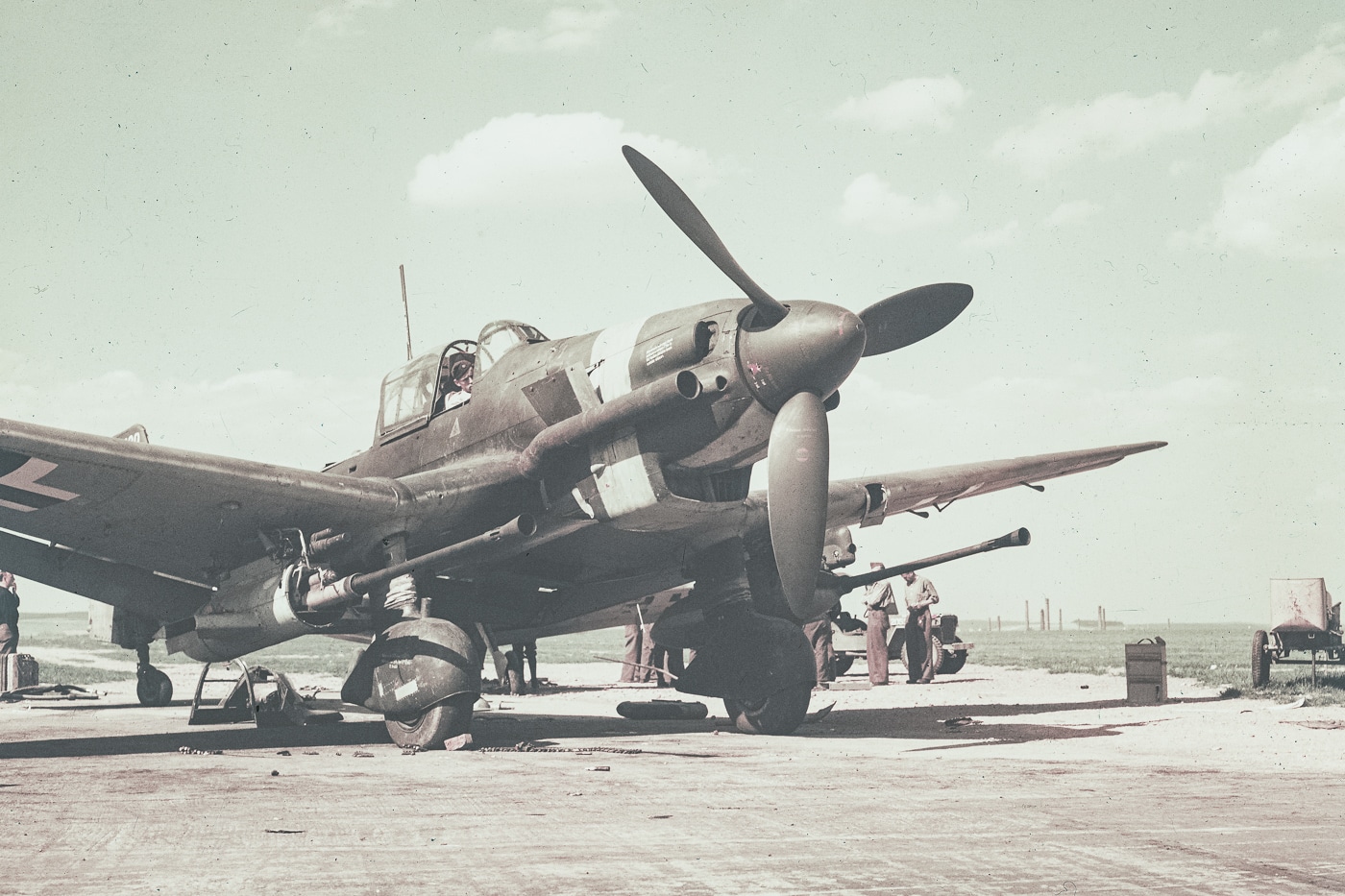
The guns had a muzzle velocity of 850 meters (2,789 feet) per second, which enabled them to fire rounds that could penetrate the toughest of armored targets.
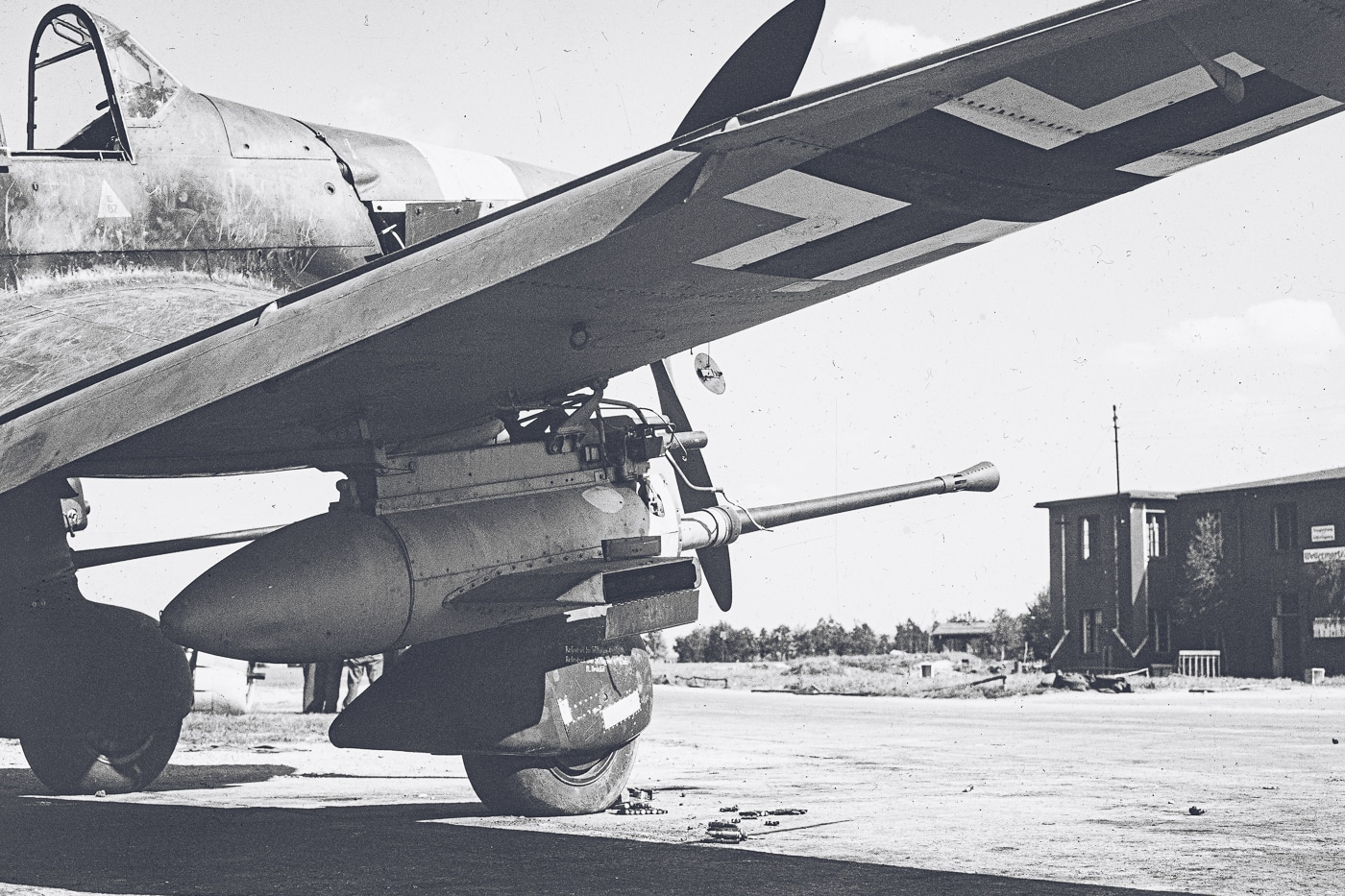
One particularly notorious pilot of the Ju 87G was Hans-Ulrich Rudel. While originally an observer/gunner, he retrained as a pilot and flew countless sorties — reportedly four in his first day! During the first day of the Battle of Kursk, Rudel used his Stuka to destroy a dozen Soviet Red Army T-34 tanks.
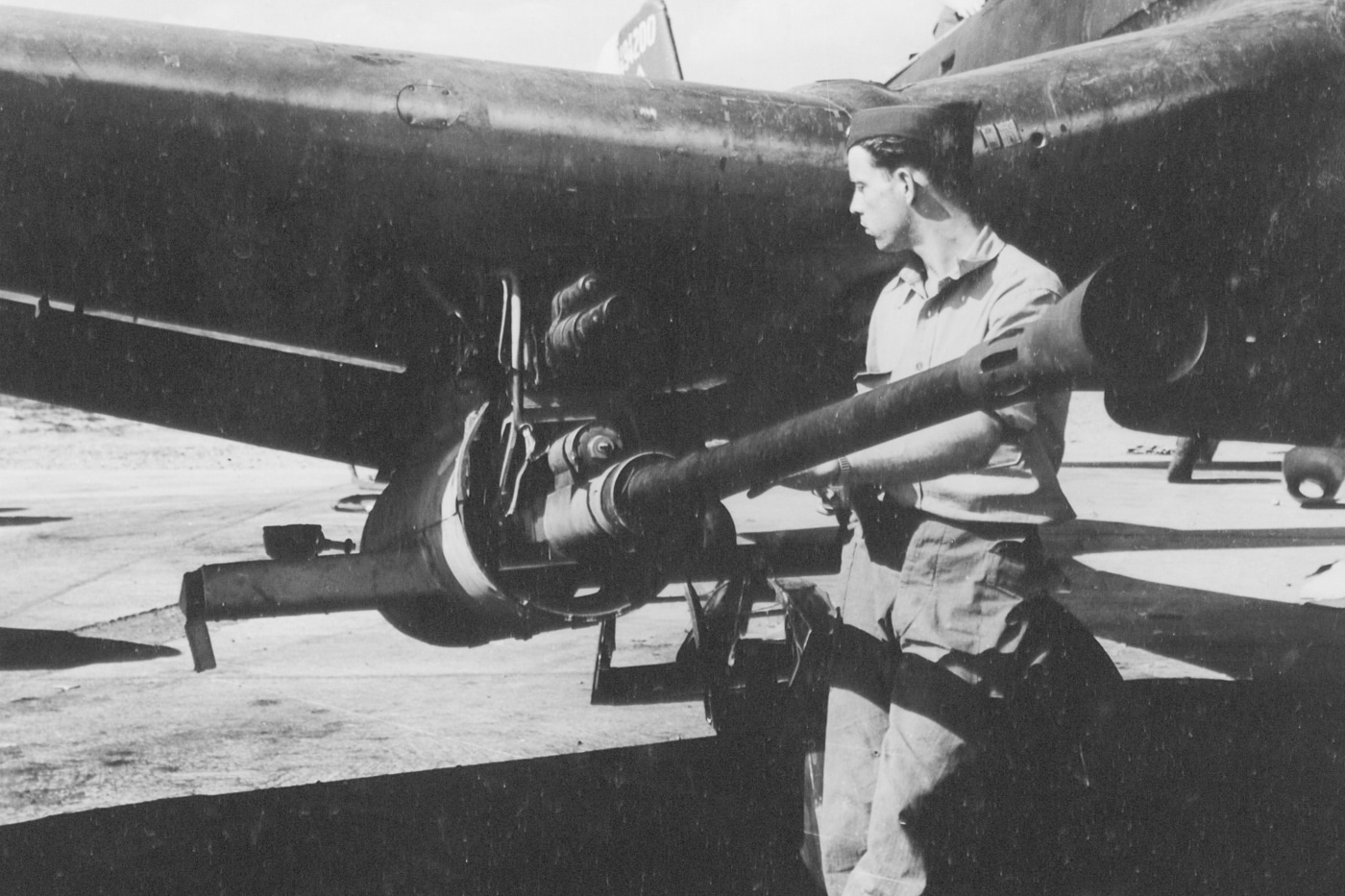
By the time the war ended, Rudel had posted claims that he sunk the Soviet battleship Marat in the Baltic Sea, as well as a cruiser and a destroyer. In addition, he has been credited with destroying 519 tanks in the course of 2,530 missions flown. Though he was also shot down 30 occasions, he always returned to action. He had the dubious distinction as being described as Adolf Hitler’s favorite pilot — and was the sole recipient of the Golden Oak Leaves to his Knight’s Cross.
Very Few Survive
Though more than 6,000 Stukas were produced in total, and in addition to service with the German Luftwaffe, the dive bomber was employed during the war by Germany’s allies including Bulgaria, Hungary, Italy and Romania. The last Stukas came off the production line in September 1944.
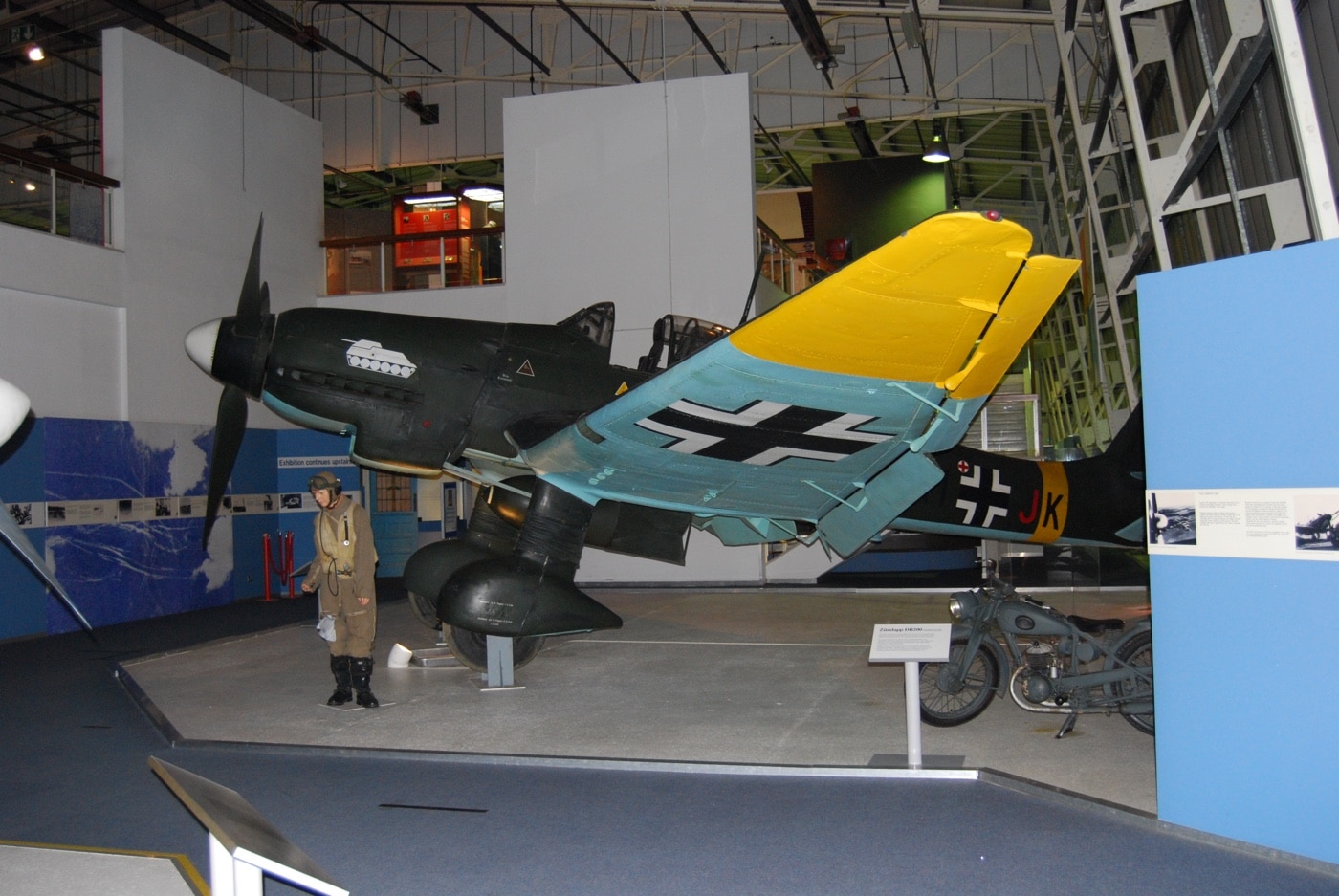
Today, only two survive intact — while efforts are underway to restore a third.
These include a ground-attack variant that is now on display at the Royal Air Force Museum outside of London. That particular aircraft was captured by British forces in May 1945, and was selected for museum preservation — and maintained by the RAF’s Air Historical Branch. In 1967, it was repainted and modified to resemble the 1940 variant of the Ju 87 for an appearance in the film Battle of Britain. Those modifications were later removed, and it has been restored to its G-2 configuration.
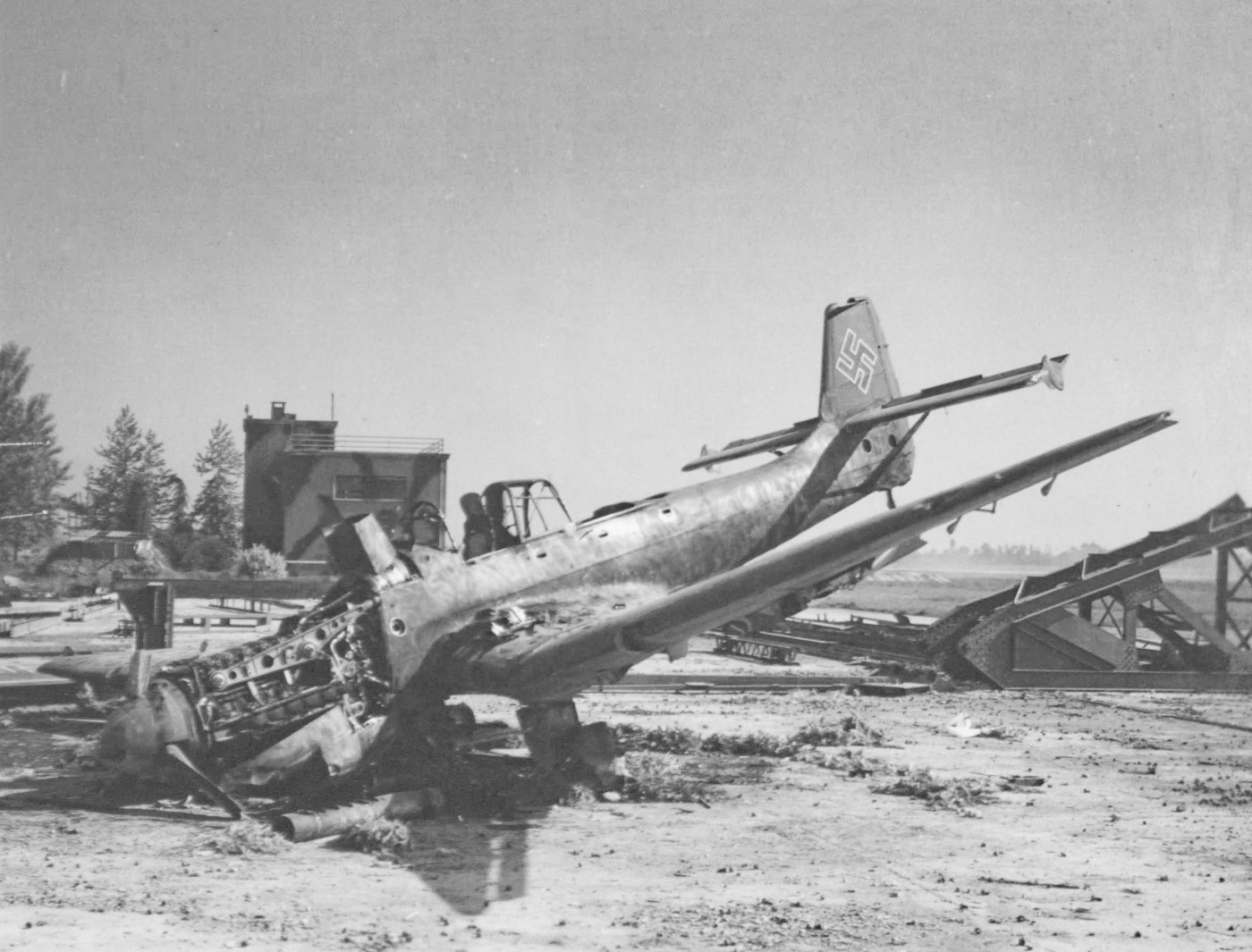
A second complete Ju 87 is now in the collection of the Chicago Museum of Science and Industry — which is also home to the German submarine U-505 and the command module of Apollo 8. That aircraft had been donated by the British government and sent to the United States during the Second World War. Restoration was completed in the mid-1970s.
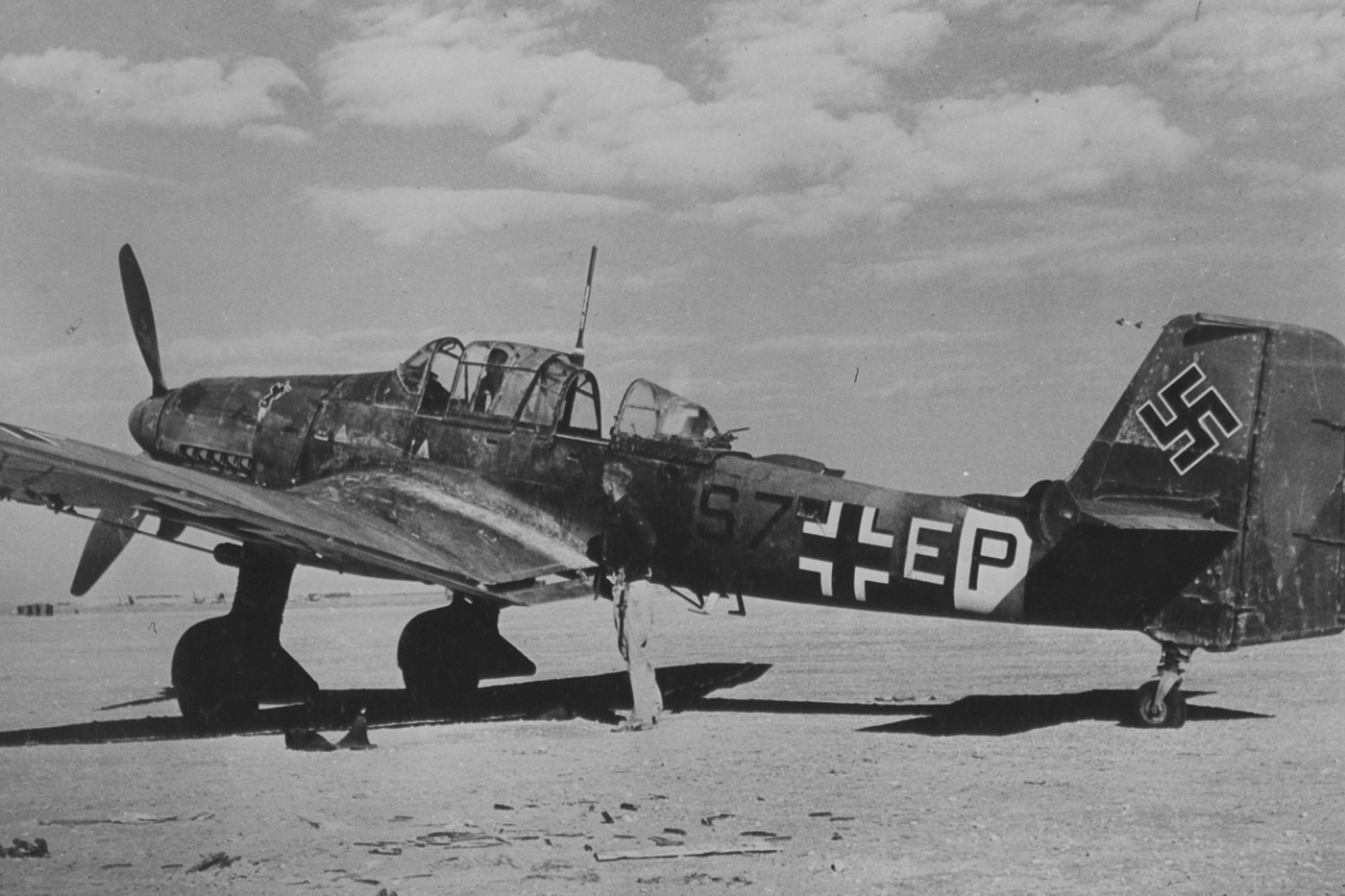
Currently, efforts are also underway to restore to airworthy condition a Ju 87 from two wrecks for the Flying Heritage & Combat Armor Museum in Seattle, Washington. In addition, several wrecked aircraft have been preserved. Even though few Ju 87’s remain today, the legend of the terrifying dive bomber lives on.
Editor’s Note: Please be sure to check out The Armory Life Forum, where you can comment about our daily articles, as well as just talk guns and gear. Click the “Go To Forum Thread” link below to jump in and discuss this article and much more!
Join the Discussion
Continue Reading
Did you enjoy this article?

 95
95






